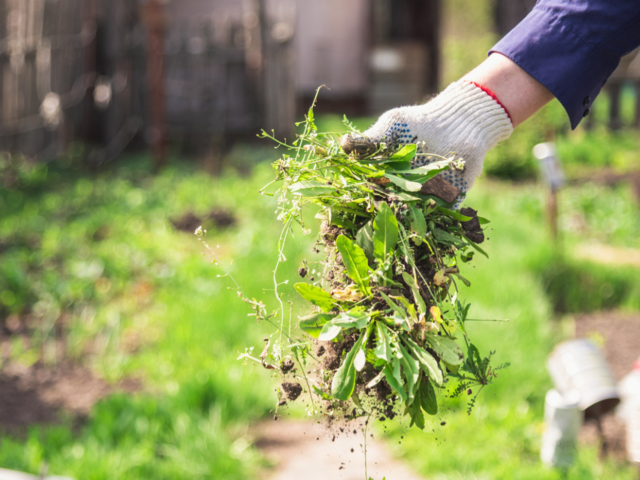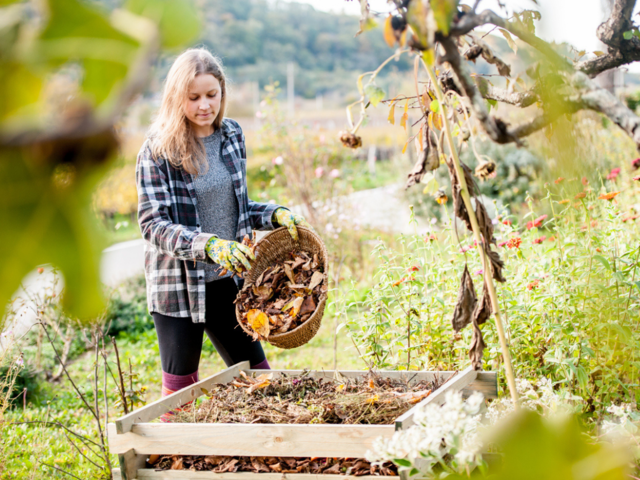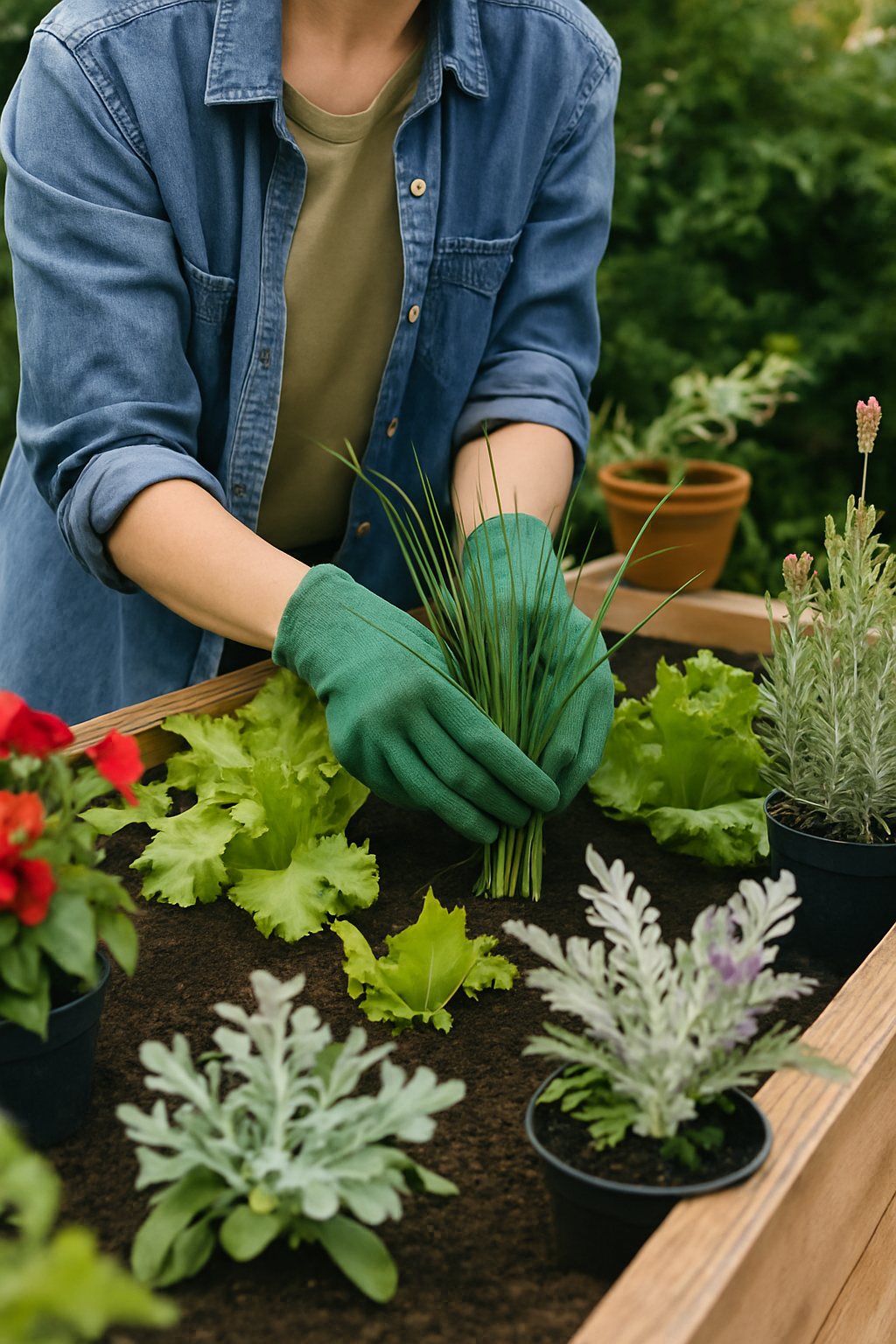Cooler temperatures and longer nights mean that winter is on the way. Days can often be misty and damp, and the possibility of air frosts begins to loom. For gardeners, this is one of the busiest seasons in the garden.
As temperatures cool, deciduous trees and shrubs begin to change their leaf colour, turning to brilliant reds, golds, and browns. Enjoy the sight, but be prepared to take quick action as soon as leaves fall onto pathways. Wet leaves are a significant cause of accidents due to the possibility of slipping, and they need to be removed. On lawns, leaves can be raked into piles and added to the compost bin or kept in a shady area to create nutritious leaf compost. The leaves will rot down quickly over winter, and by spring, they will be ready to use as fertiliser.
Clearing and Tidying
Check trees for any signs of dead or dying branches that may prove a hazard during high winds. It is far better to have these removed early winter than to experience problems and safety issues later on. Such branches can be turned immediately into bark for paths or mulch around plants, while trunks and stumps can be turned into garden features such as stepping stones, benches, or stumperies. Leaving some in hidden corners will provide a home for insects and wildlife.

Clearing vegetation. Image: iStock.
Opinions differ as to how much clearing up should be done in the garden during early winter. Some gardeners advocate clearing all dying vegetation as quickly as possible, as it removes potential sources of disease and insect infestations. However, many green gardeners prefer to leave such a clearing in late winter, as the vegetation provides seeds for hungry birds and winter homes for ladybirds and other beneficial insects.
Planting new trees
Take cuttings from hardwood trees and shrubs as this is the ideal time to begin propagating. Perennials that have been earmarked for division can be split and transplanted around the garden.
Planting new trees and shrubs, especially bare-root varieties, will provide time for them to become established before encountering the dryness of summer. Flowering bulbs like snowdrops, crocuses, daffodils, and tulips need to be planted in late autumn/early winter. Also worth considering is the possibility of adding extra winter colour to the garden by introducing some winter flowering shrubs like winter honeysuckle or winter jasmine or plants with vividly coloured stems such as the red and orange dogwoods.

Family planting tree. Image: iStock.
The Kitchen Garden
Winter is a good time for preparing the soil for new planting. Digging over empty soil areas and adding manure will help break down compacted soil ready for the next growing season. The cooler temperatures will allow worms, rain, and frosts to break up clods of soil.
Established rhubarb crowns can be divided at this point, as it will help the crowns regenerate. Sections taken from the outside of the dome will possess the greatest growth prospects. If any winter brassicas are being cultivated, these should be covered with netting to protect birds.
Remove any dead vegetation and place it in the compost bin. While digging over empty vegetable areas, watch out for edible root crops that may have been missed, such as potatoes. Winter crops such as Jerusalem artichokes and parsnips can be harvested, as can fruit crops like quinces that must be carefully stored in the dark to mellow for several weeks before using.

Putting leaves on compost. Image: iStock.
Greenhouses and cold frames need to be checked over for broken glass or damaged seals, especially if you plan to use them for overwintering plants or sow early seeds. Rooted cuttings should be placed undercover, and all windows and doors kept fastened during cold spells. Take a careful look at the condition of fleeces and cloches to make sure they are still useable, ready to be put in place at the first hint of frost to cover any remaining tender crops or unique trees and bushes such as almond trees.
Check, too, the condition of porous irrigation systems to ensure that the pipework is still functioning and does not require replacement.
Read our articles for more gardening tips and advice.
If you are looking to gain further skills or start a new career in garden design, we have the right accredited course for you.

